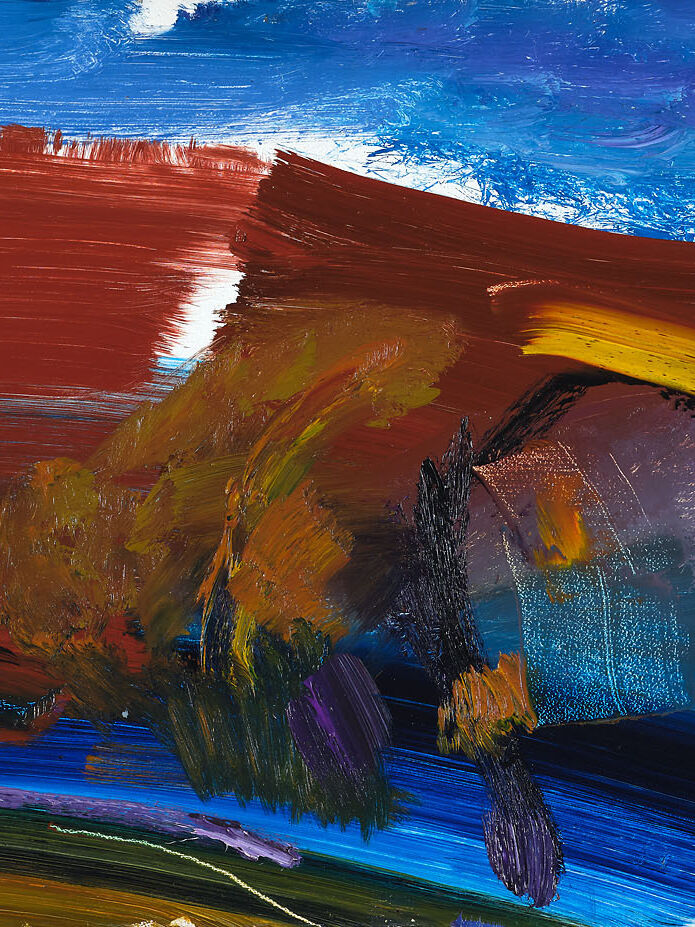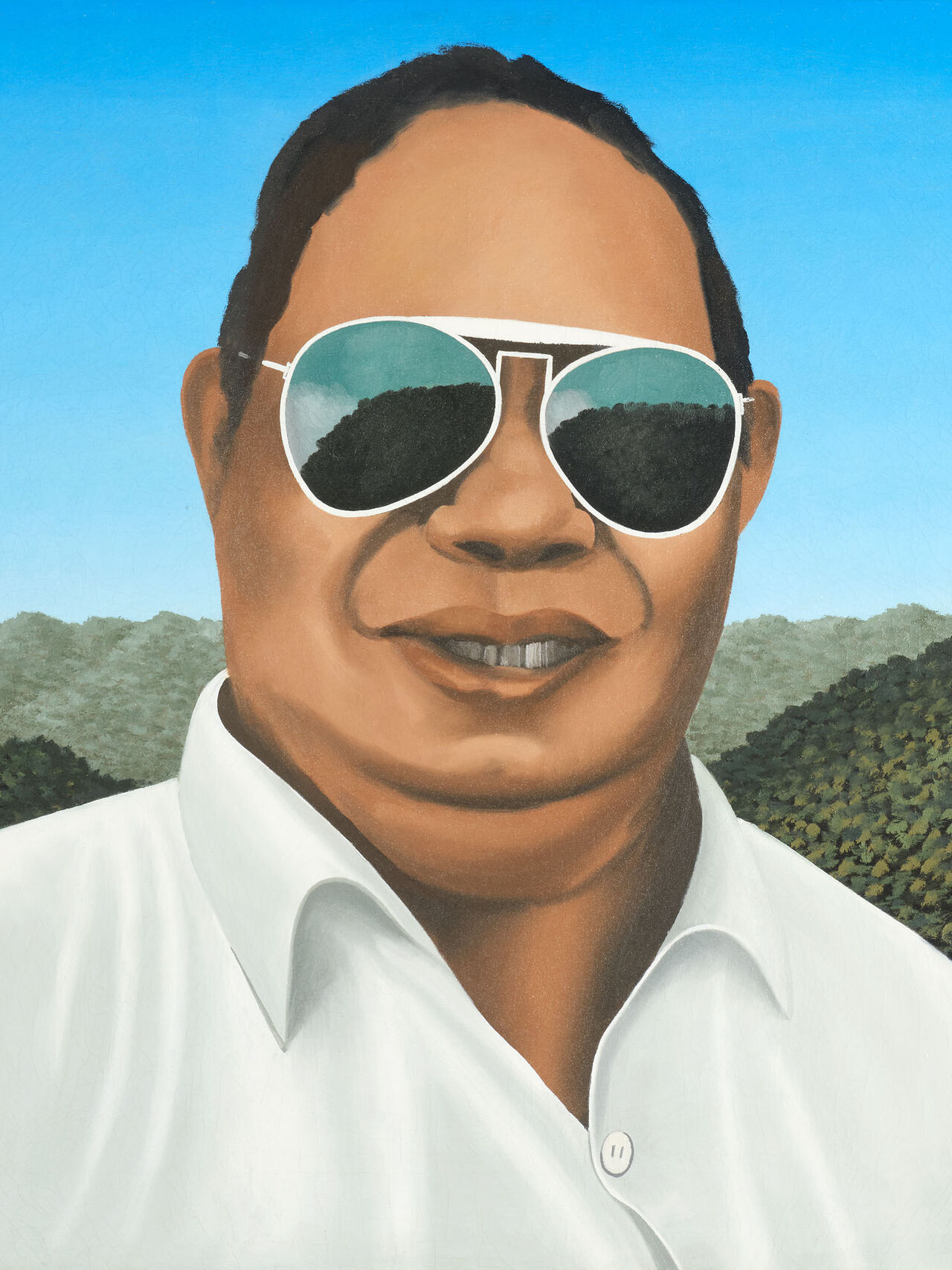Gordon Walters 'Genealogy series'
Linda Tyler
Essays
Posted on 29 May 2025
In the paintings he produced in the late 1960s, Gordon Walters developed his use of the koru, a motif which in Māori art is inspired by the pītau or young shoot of a fern frond scroll. Koru had first appeared in his work in gouaches in 1956. His Genealogy paintings are characterised by the dynamic opposition of black and white lines ending in koru. He began the series in Wellington in November 1969 and continued it after he moved to Auckland in 1971, ending it with this work which was commissioned in 1973.
Working as a temporary lecturer in painting at the Elam School of Fine Arts, Walters exhibited his work at the New Vision Gallery where Dutch émigrés Kees and Tine Hos encouraged his geometric abstraction. Genealogy 1 was exhibited there in September 1971 and inaugurated the series of eight works, many of which are now in public collections including Genealogy 2 (1969/1970; Manawatu Art Gallery), Genealogy 3 (1971; Te Papa) and Genealogy 4 (1971; Auckland Art Gallery). The later works in the series were shown in a solo exhibition at New Vision Gallery in May 1972, a show which Walters described in a letter to his Wellington dealer Peter McLeavey as looking very good and being “by far my best to date”. Genealogy 8 was commissioned directly from the artist by John and Sheana Gellert.
According to the Auckland Art Gallery, the Genealogy series is one of Gordon Walters’ outstanding achievements as a painter. The name of the series recalls rākau whakapapa, the notched sticks which Māori who were expert in genealogy held as they recited names back through many generations to the gods, moving their hands along the notches on the side of the stick as they spoke. Walters, though, declared that as a painter he was only interested in formal relationships, not content: “My work is an investigation of positive/negative relationships within a deliberately limited range of forms; the forms I use have no descriptive value in themselves and are used solely to demonstrate relations. I believe that dynamic relations are most clearly expressed by the repetition of a few simple elements.” In 1982 though, he explained that he had begun to use Māori titles in 1964, initially street names which had emotional resonance for him, to “pay tribute to the Māori tradition, which has meant a great deal to me.”
Typically for this series, Genealogy 8 has narrow bands of black and white arranged in horizontal stripes with black and white koru in a perceptually tense alternating figure/ ground relationship, their punctuation creating a steady rhythm. While only 29 black koru are distinguished from their white background, 30 white koru appear on a black background. It is a predictable, repeating pattern which covers the whole canvas symmetrically, creating a harmonious balance apart from a concession to asymmetry at lower right where the black line continues rather than terminating in a bulb. Genealogy 8, the last of this significant series of work, is a triumph of optical syncopation, and completely unique.


